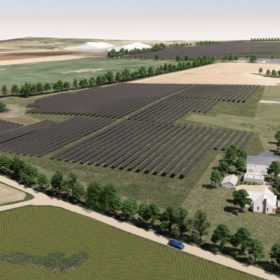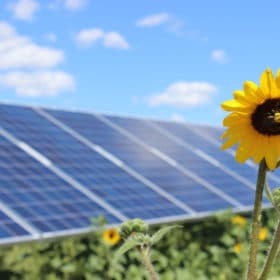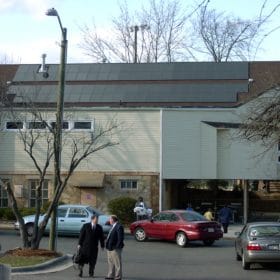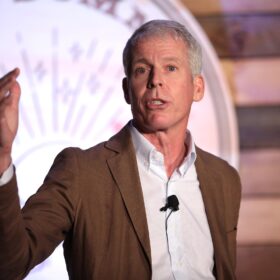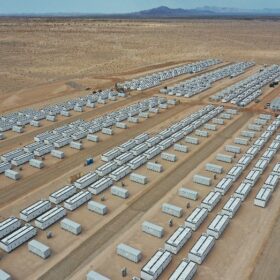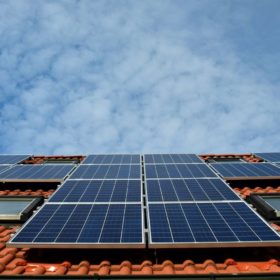Facebook achieves net-zero emissions, looks to its global value chain to follow suit
The social media giant met its 2018 goal at the end of 2020 and now aims to achieve net zero emissions for its entire value chain by 2030.
RFP alert: PECO looks to spur solar development with a credit purchase program
The company is launching an RFP to procure 160,000 solar Alternative Energy Credits in Pennsylvania over the next 10 years.
Jack Daniels orders a shot of solar through TVA’s Green Invest program
The 20 MW project will help the iconic brand meet roughly 75% of electricity demand at its Lynchburg, Tennessee distillery.
NIPSCO brings another 200 MW of solar to Indiana
The Elliot Solar project is NIPSCO’s latest planned capacity addition as the utility continues to pursue renewables to ease its coal plant retirements.
Expanding community solar can bring jobs and economic benefits to hard-hit communities
Community solar offers a unique opportunity for recovery in a Covid-racked economy, but needs to go beyond the contained role it has traditionally held in the American energy landscape.
Wells Fargo joins Duke Energy’s GSA program with solar buy
The bank is the fourth major corporate buyer to enter the program, with a contract for 58 MW of the Blackburn Solar Project.
Insuring against hail is all about risk management for solar project developers
In the second installment of this series, pv magazine talks with Michael Kolodner of Marsh to learn about the evolution of hail risk management and how insuring a solar project is about more than just the policy.
Duke Energy Renewables looks to build 175 MW of solar in Indiana
The $180 million project would spread across two counties just southwest of Indianapolis.
New Mexico gains a community solar program
The state’s governor signed Senate Bill 84 into law, paving the way for a statewide community solar program in 2022 that includes a 30% capacity carveout for low-income people and service organizations.
Pine Gate develops agrivoltaics plus storage at Massachusetts cranberry bogs
A total of 9 MW of solar and 36 MWh of storage will be deployed via two solar arrays perched above the commercial cranberry bogs.

